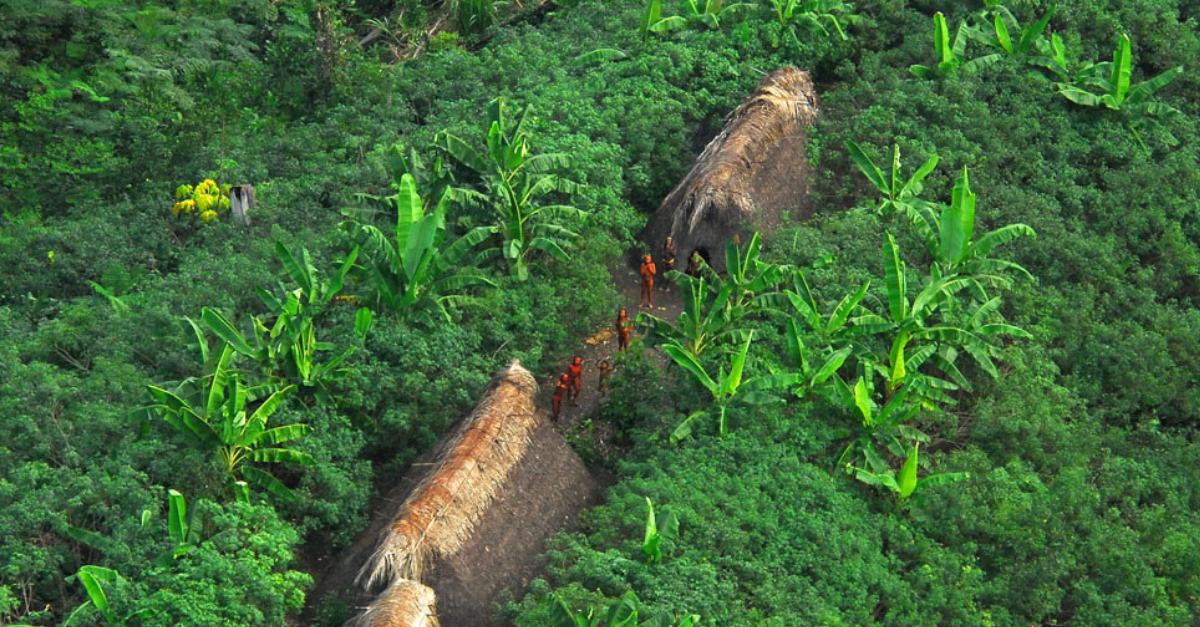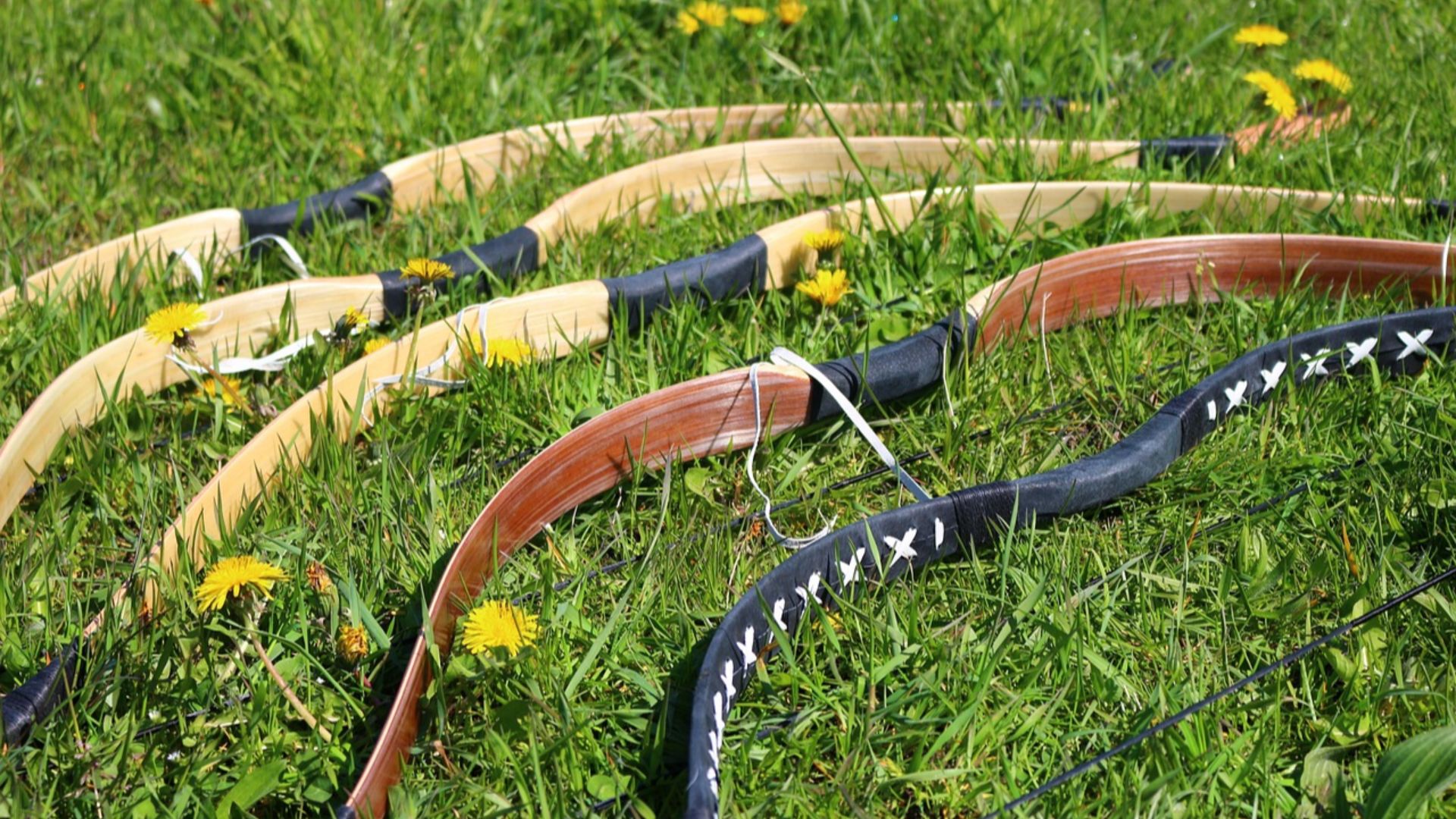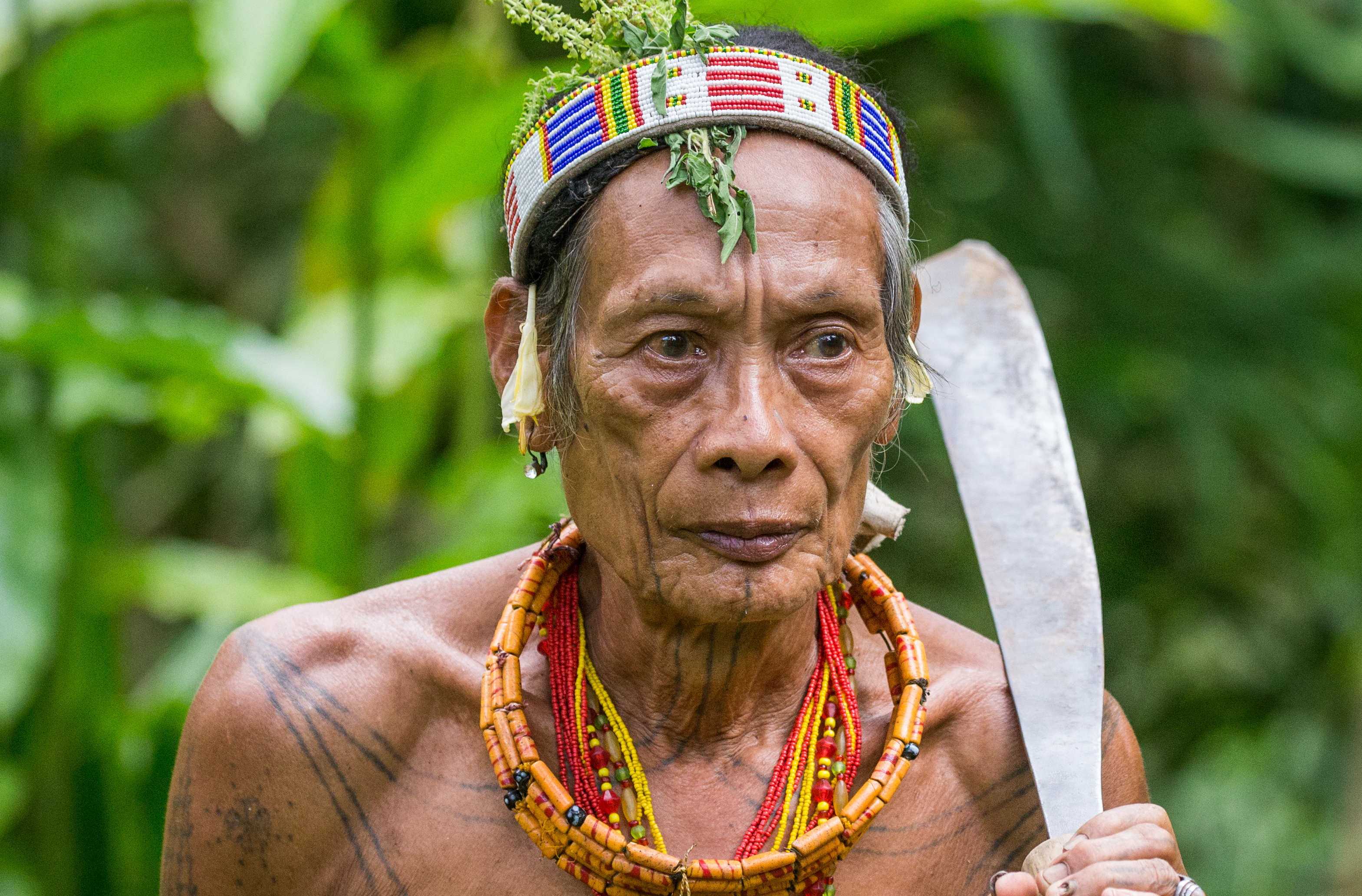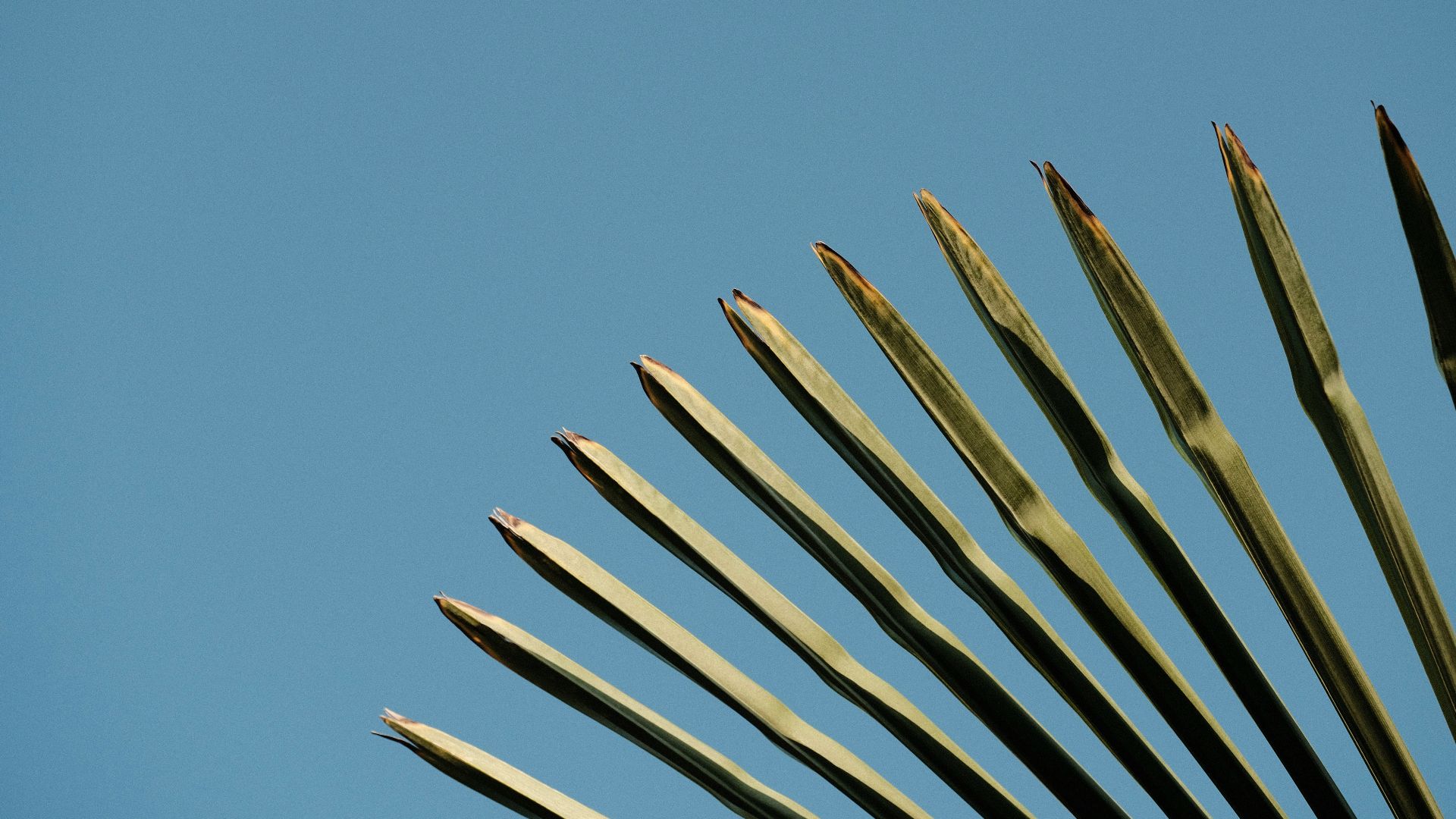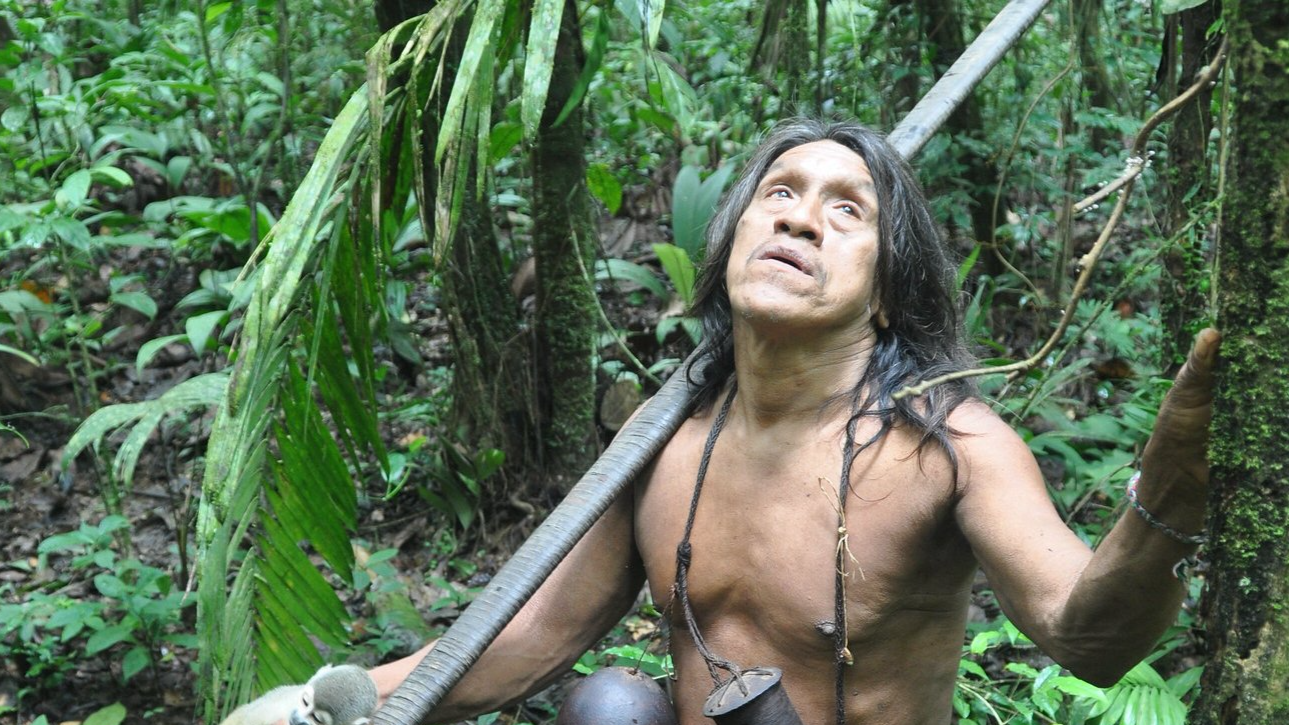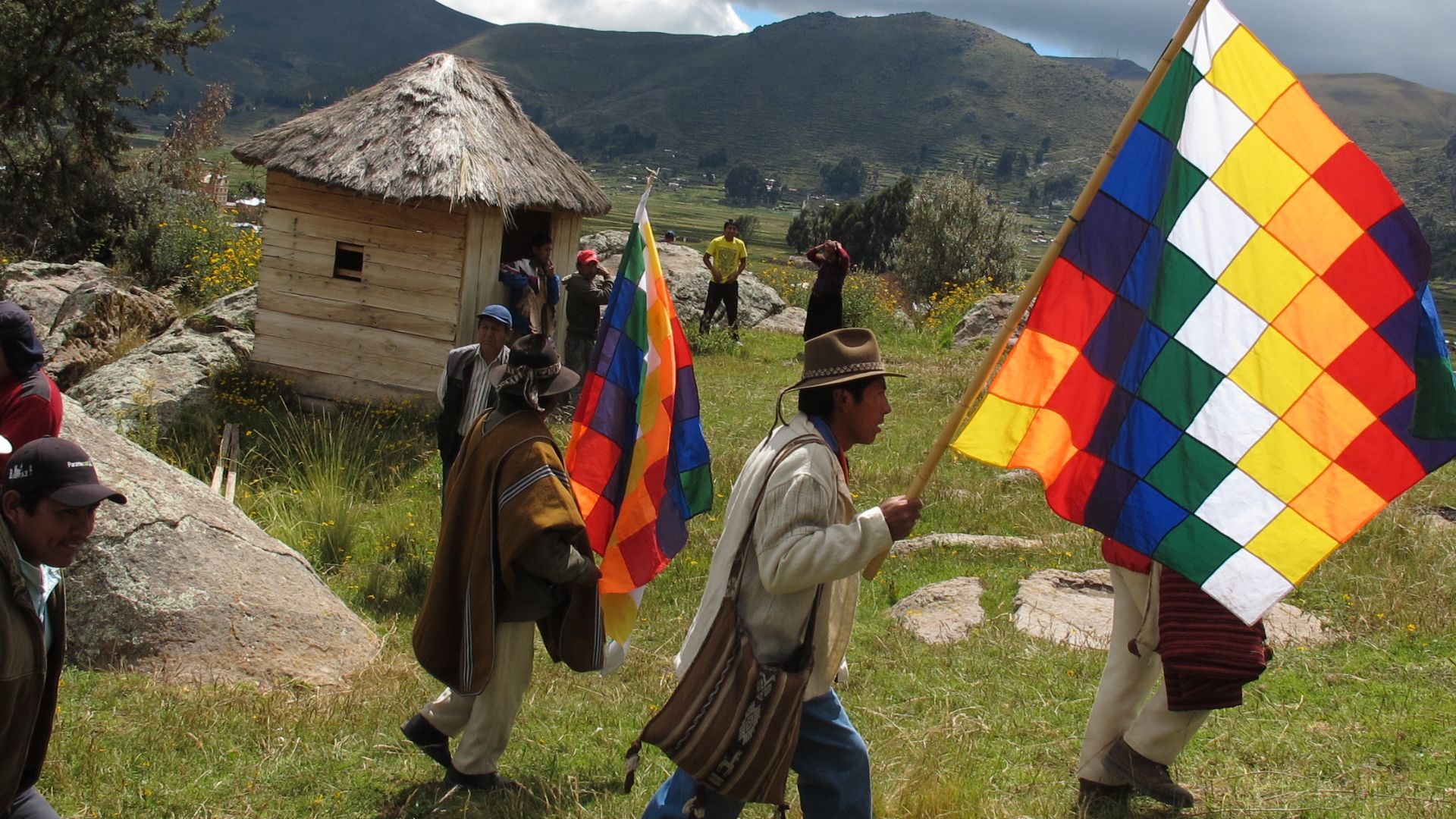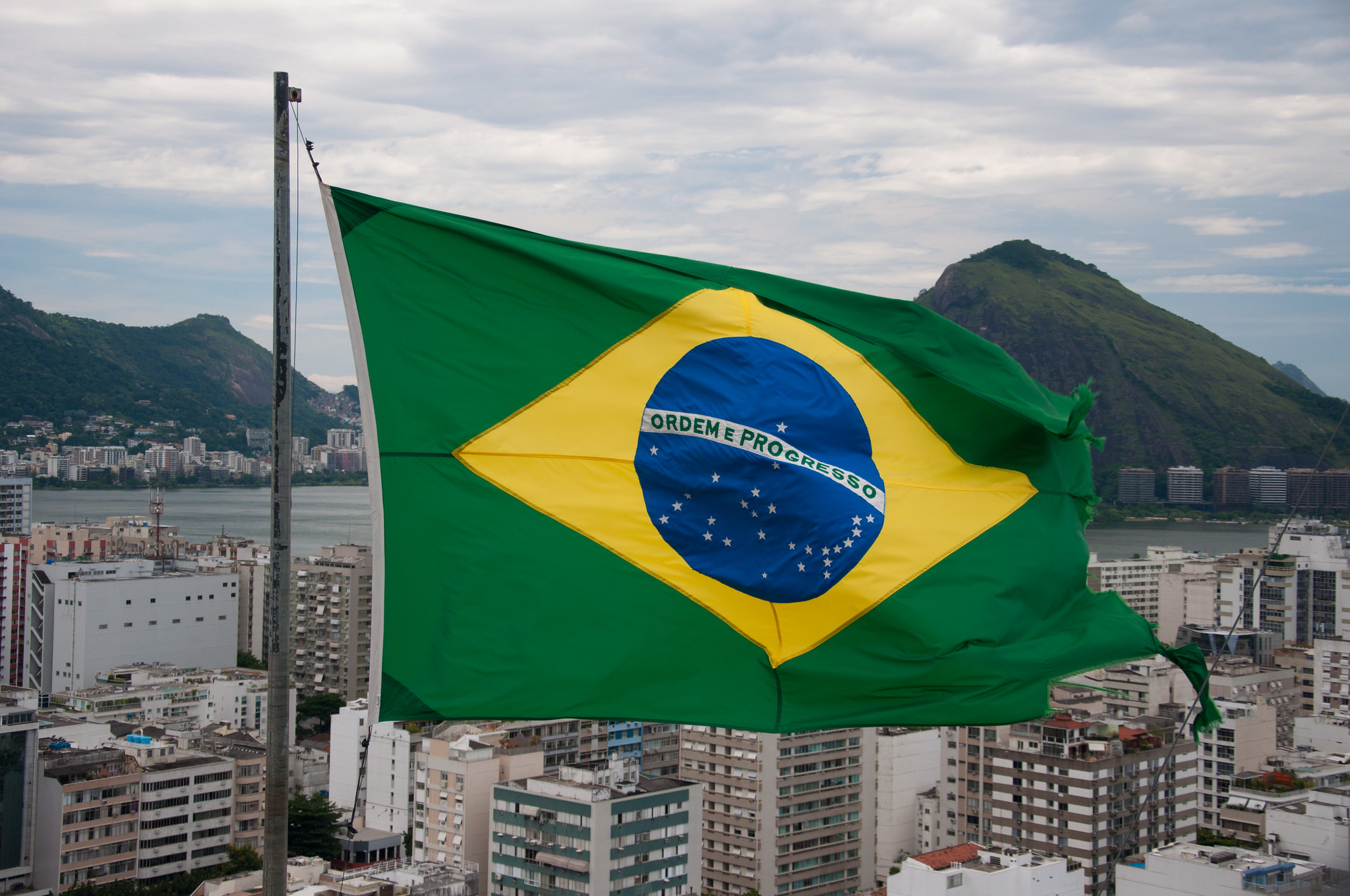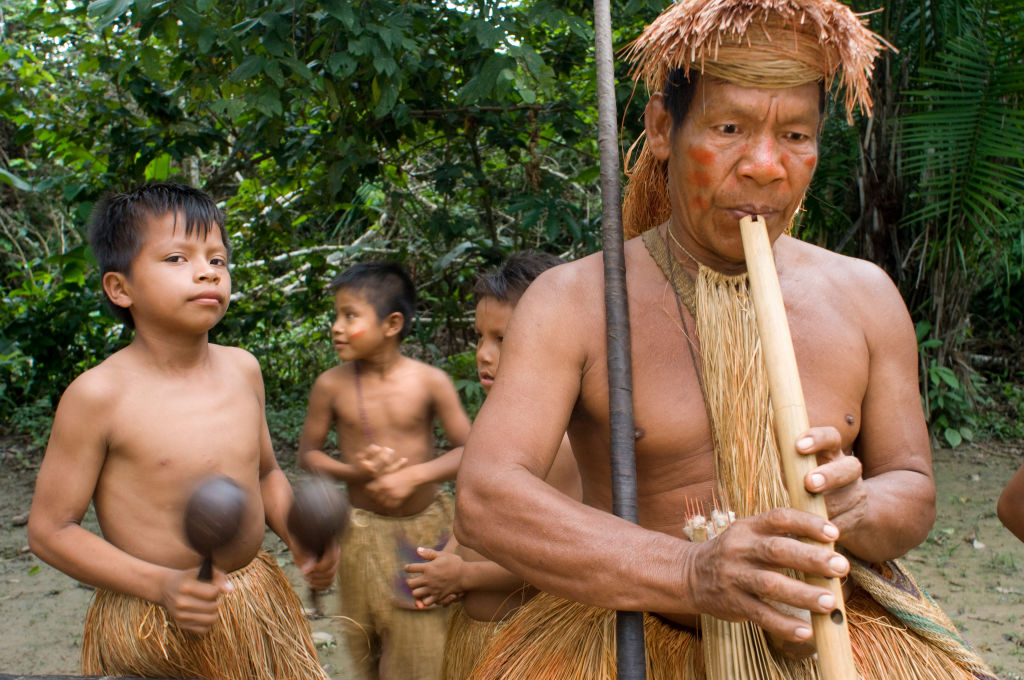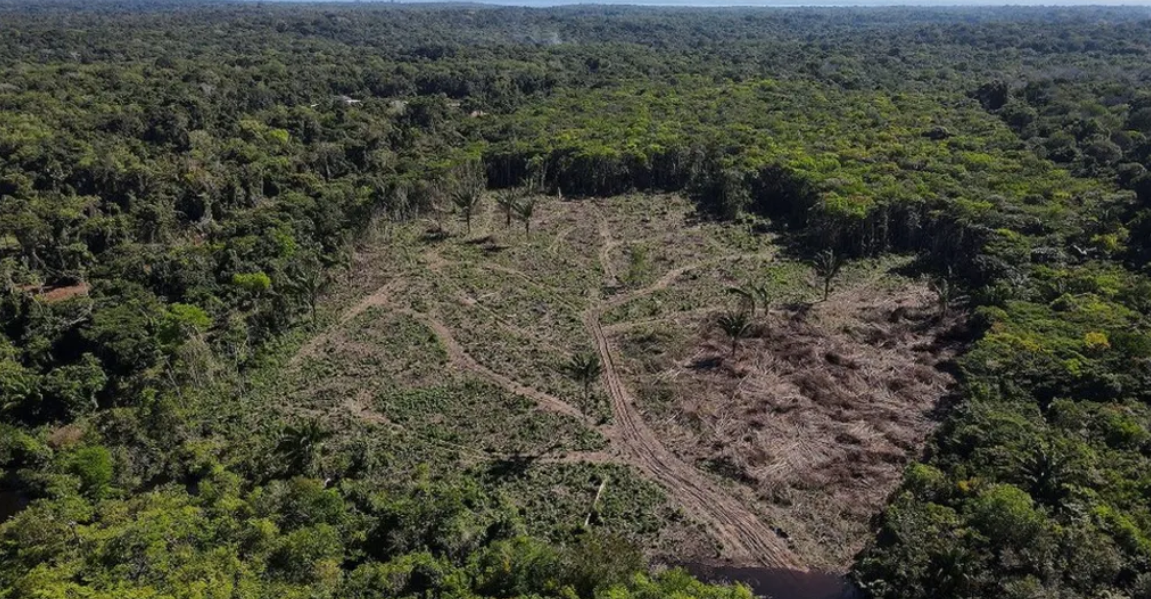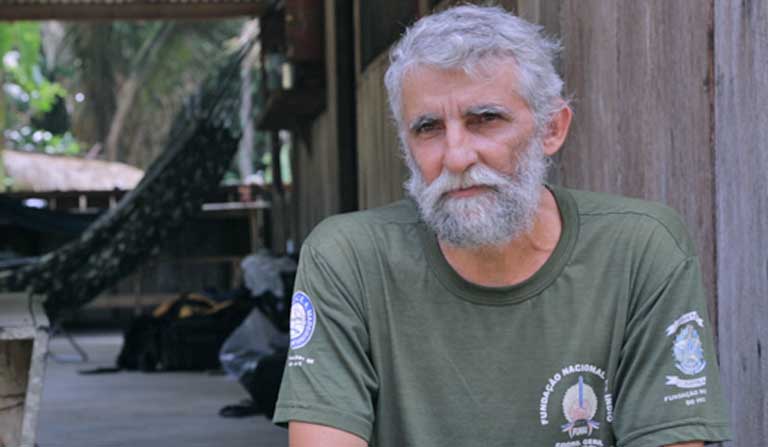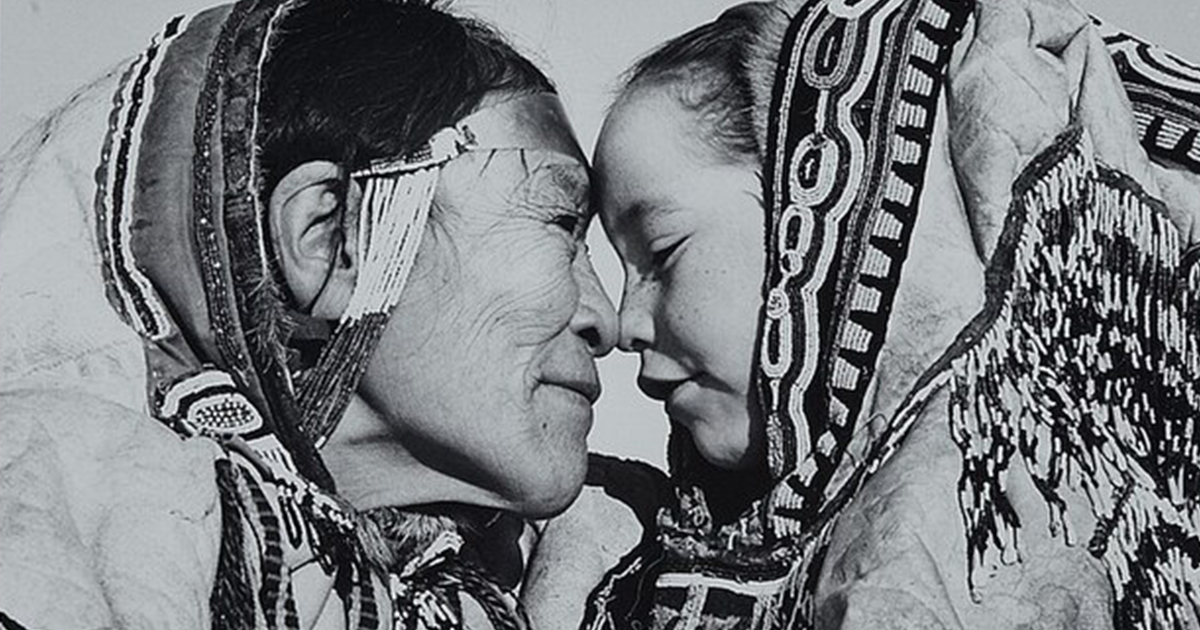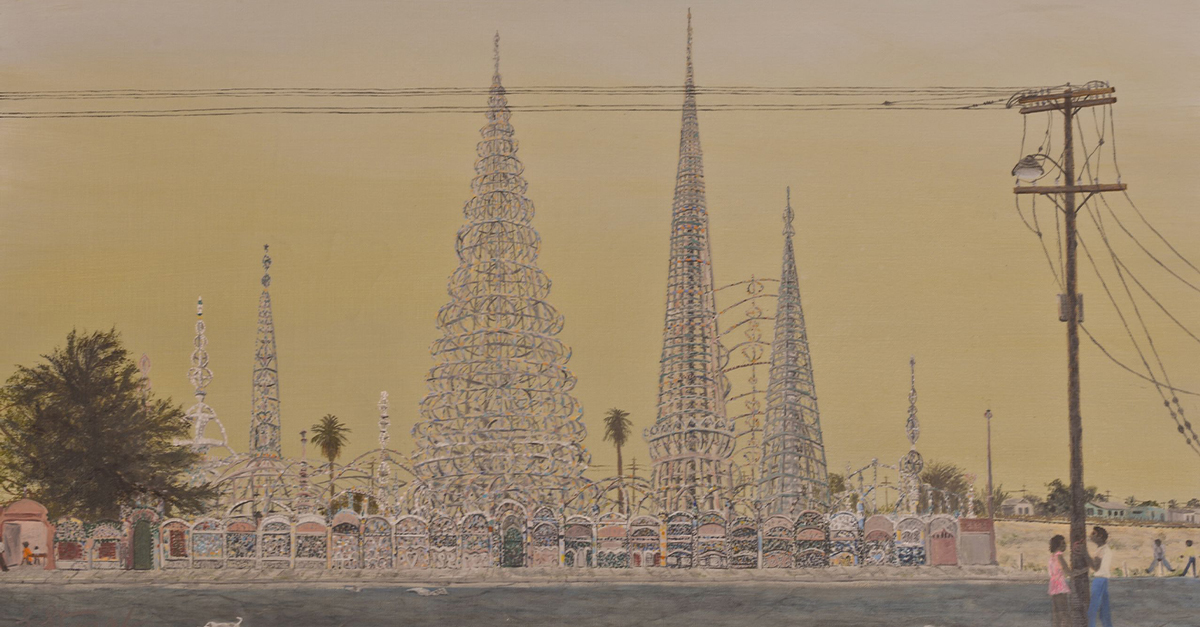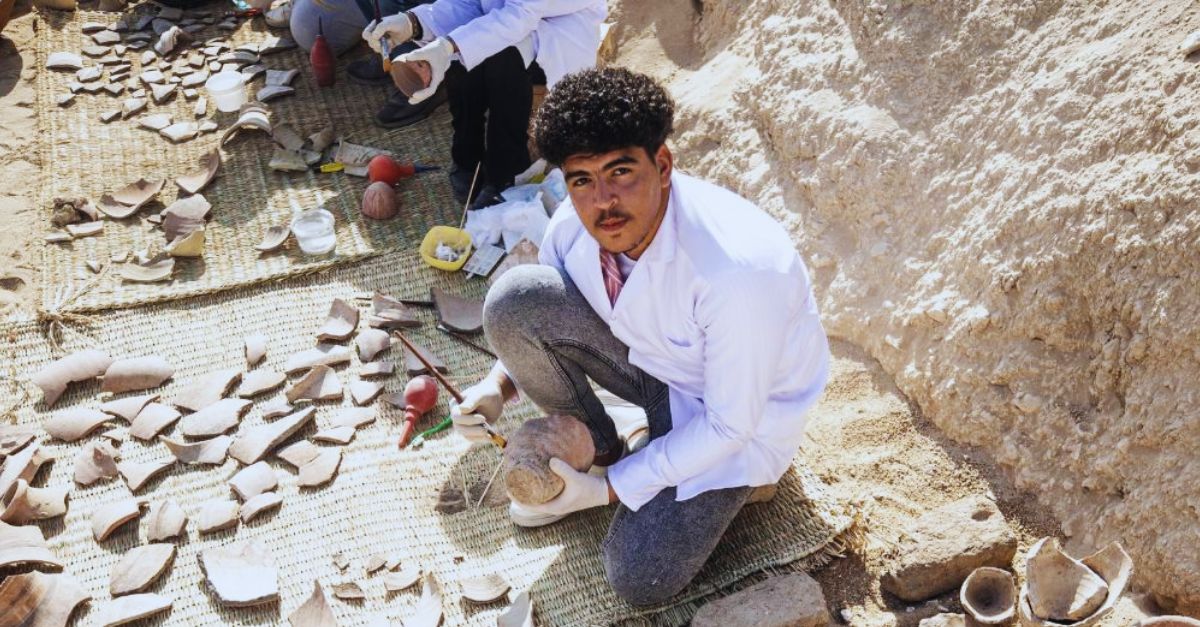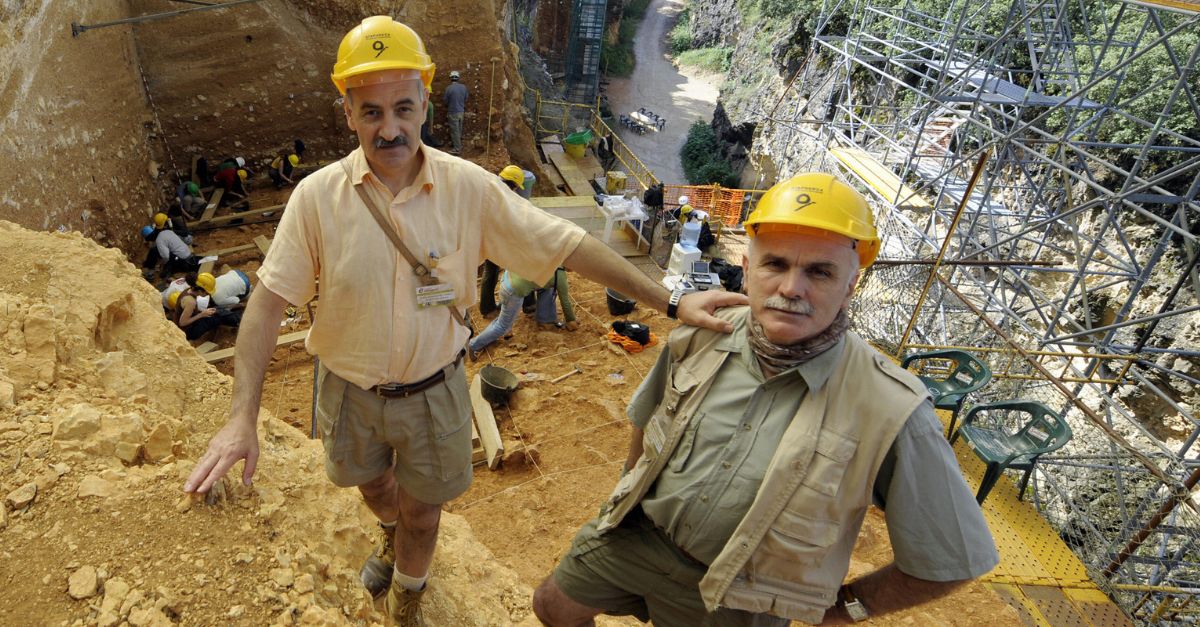Inside The Secret World Of The Massaco People
Deep in Brazil’s Amazon rainforest, hidden from modern society and government intrusion, lives a mysterious tribe whose very name remains unknown to the outside world. Known only as the “Massaco”—a name borrowed from the river that cuts through their lush, forbidden territory—this elusive Indigenous group has remained uncontacted for generations.
Recently, a series of astonishing trail camera photographs, taken by Brazilian government agent Altair Algayer, offer the world its clearest glimpse yet into the lives of these secretive people.
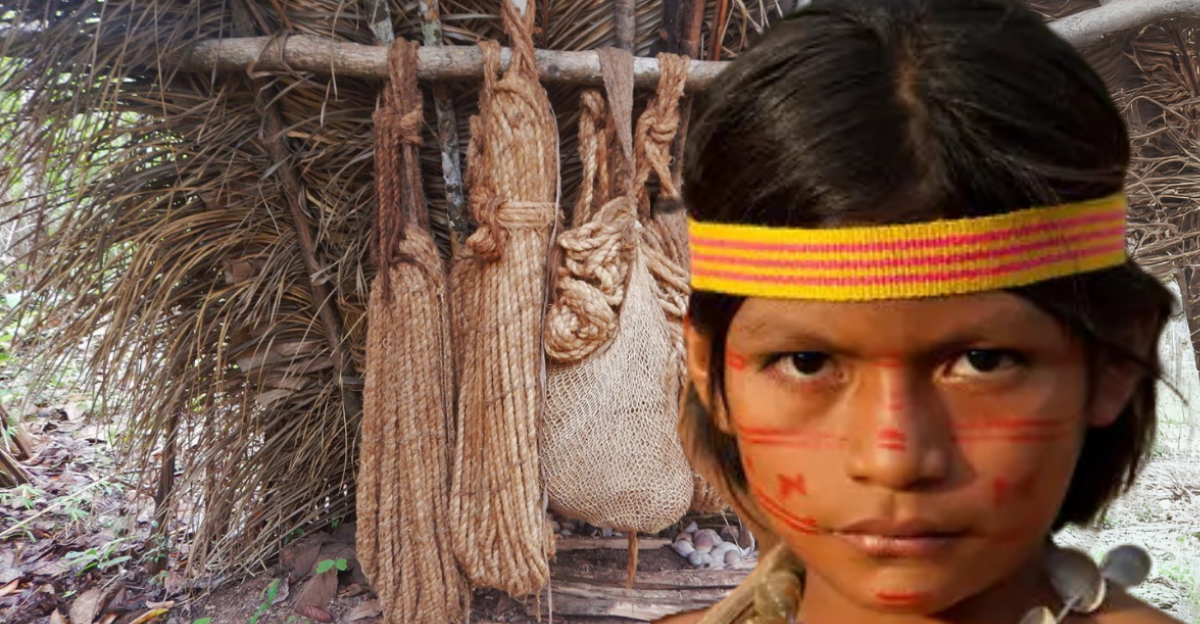
Footprints In The Forest
Before the photos came, there were footprints. Deep impressions in the forest soil hinted at movement, paths worn by bare feet through dense vegetation.
First Glimpse Through The Lens
One trail camera, triggered in February 2024, captured a blurry but striking image. The image showed several men gathered, seemingly in discussion, framed by towering trees and thick undergrowth.
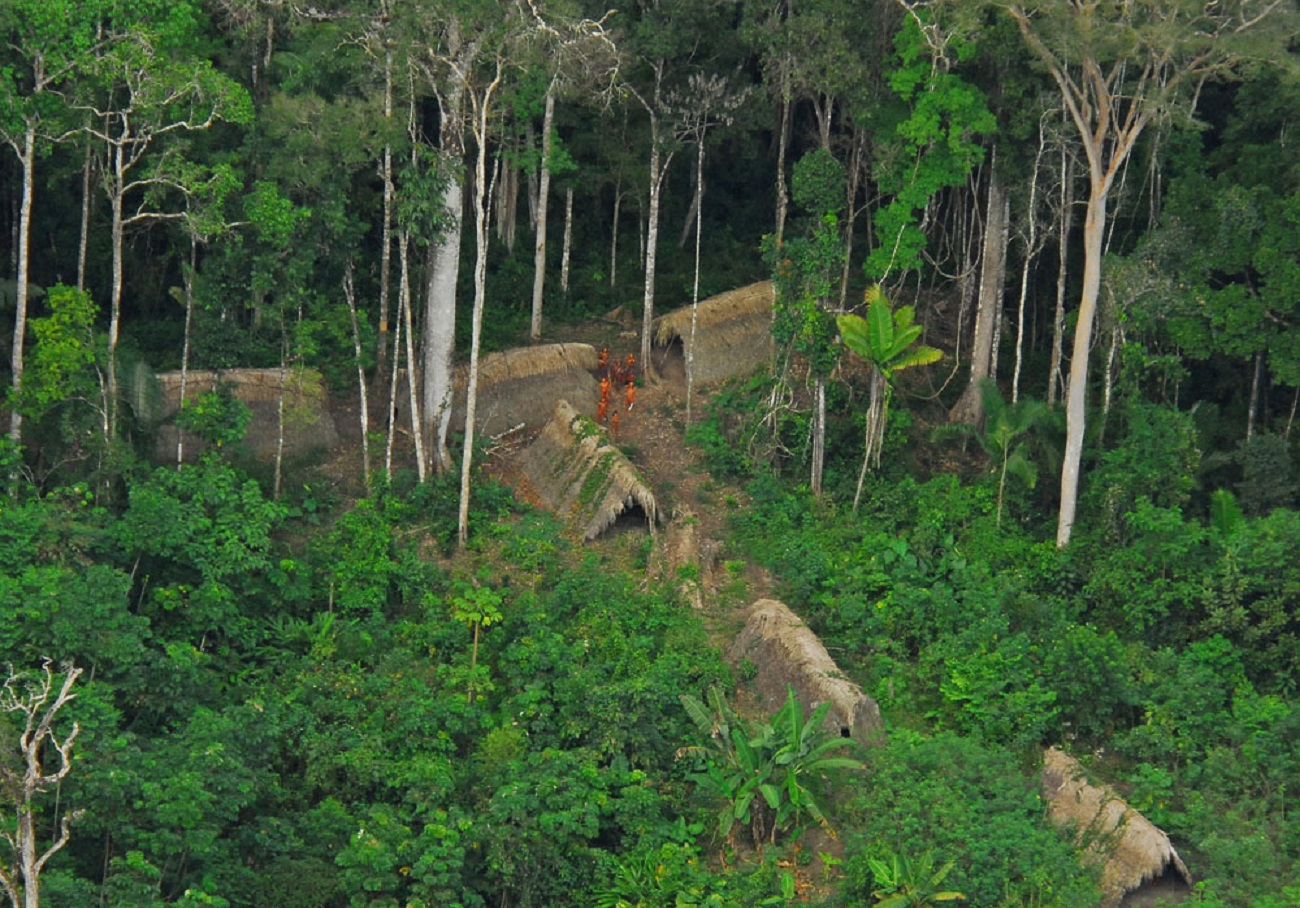 Gleilson Miranda, CC BY 2.0, Wikimedia Commons
Gleilson Miranda, CC BY 2.0, Wikimedia Commons
The 3-Meter Bows
Towering nearly as tall as the men themselves, the bows wielded by the Massaco are over three meters long. These lengths are unmatched in size anywhere else in the Amazon.
Silent Hunters
The Massaco are expert hunters who rely on stealth, tracking, and primitive tools. Their movement is nearly undetectable, their presence often inferred only from disturbed foliage or the remains of fires.
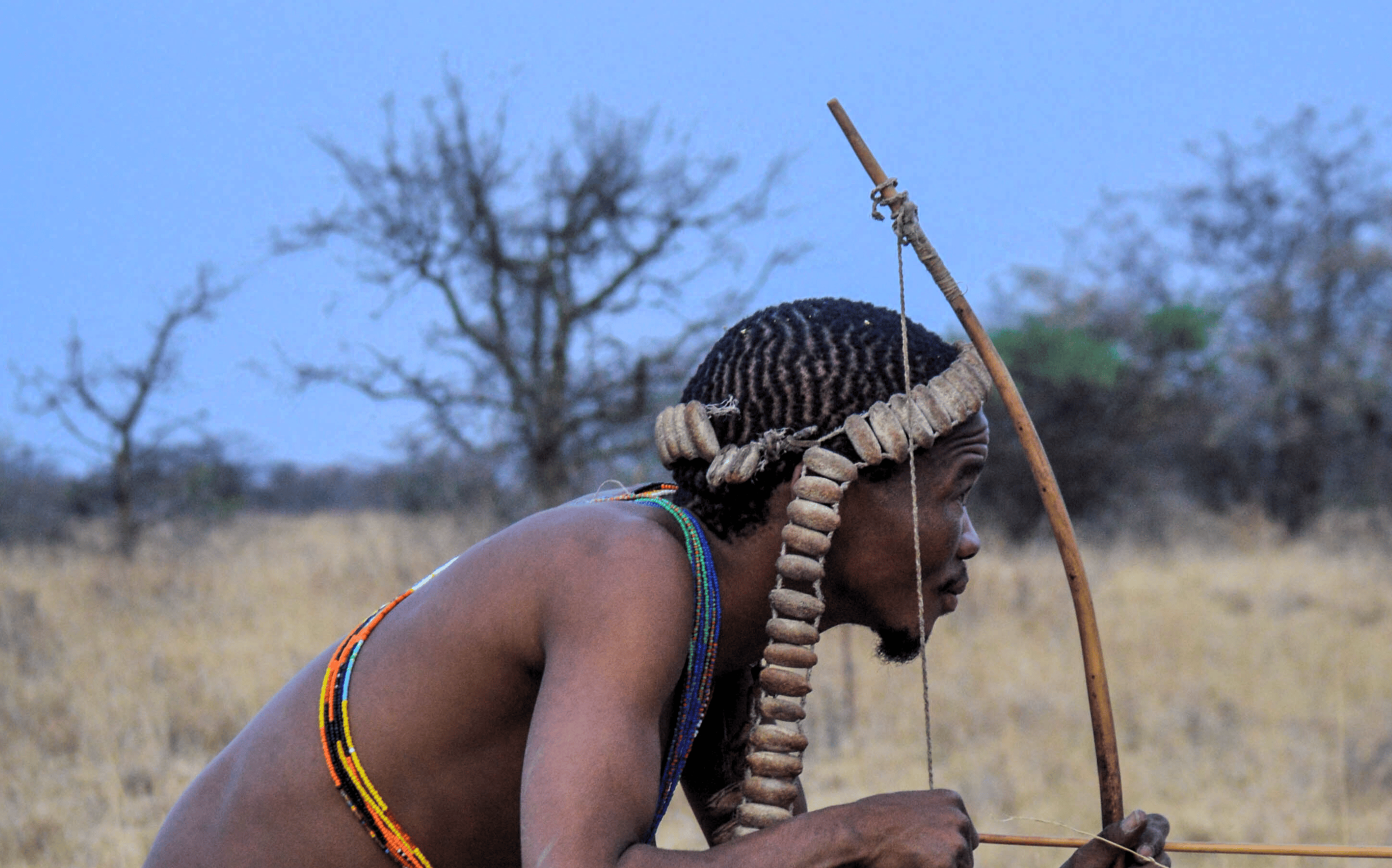 Andy Maano, CC BY-SA 4.0 , Wikimedia Commons
Andy Maano, CC BY-SA 4.0 , Wikimedia Commons
Temporary Palm Shelters
Photos show rustic huts up to five meters tall, built from babassu palm fronds. These temporary structures house the tribe as they follow seasonal food sources.
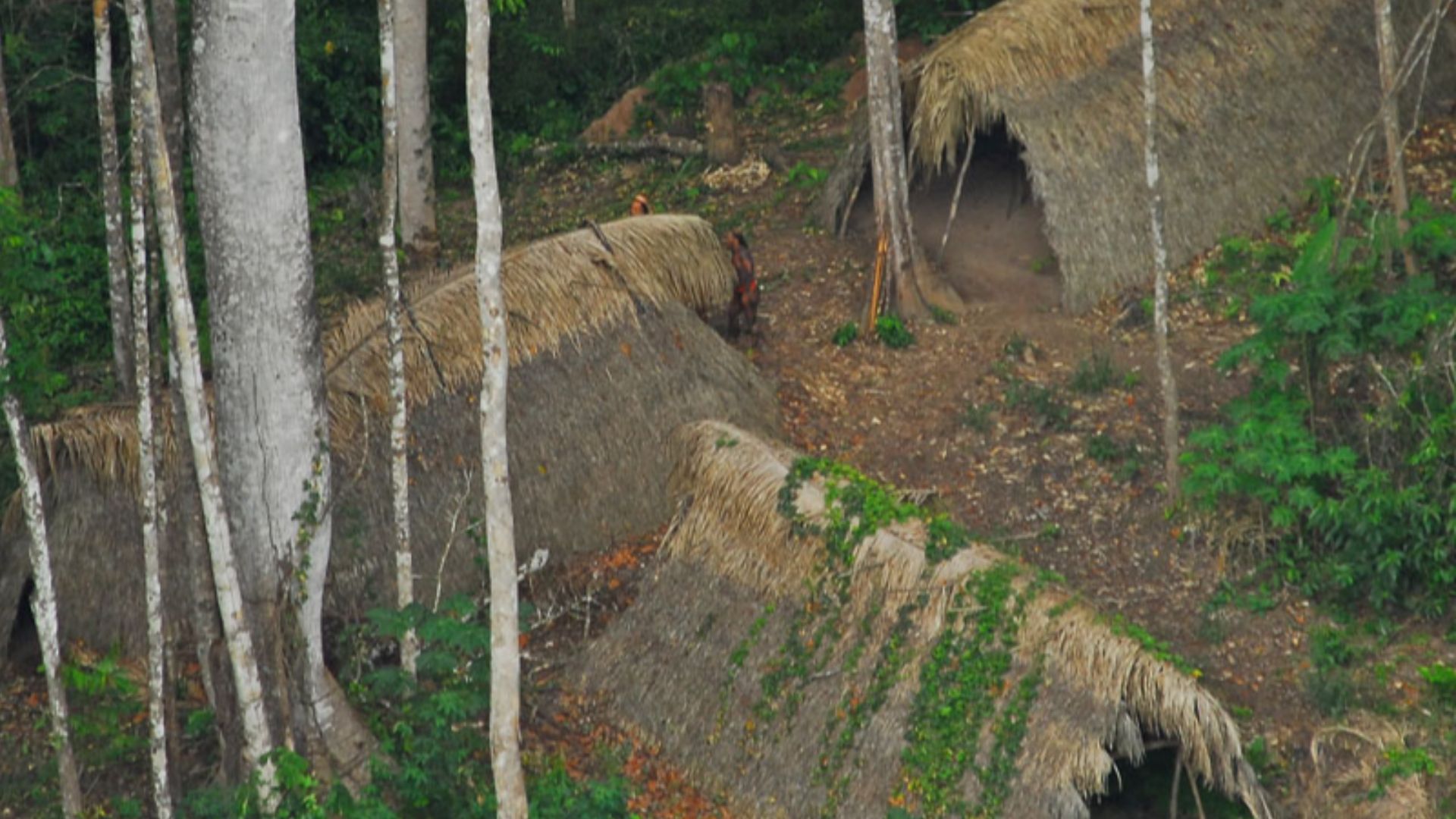 Gleilson Miranda / Governo do Acre, Wikimedia Commons
Gleilson Miranda / Governo do Acre, Wikimedia Commons
Gifts Never Received In Person
Metal tools—machetes, axes—are left by Funai agents at designated drop points. In return, the Massaco remain distant, collecting the gifts only after outsiders are gone.
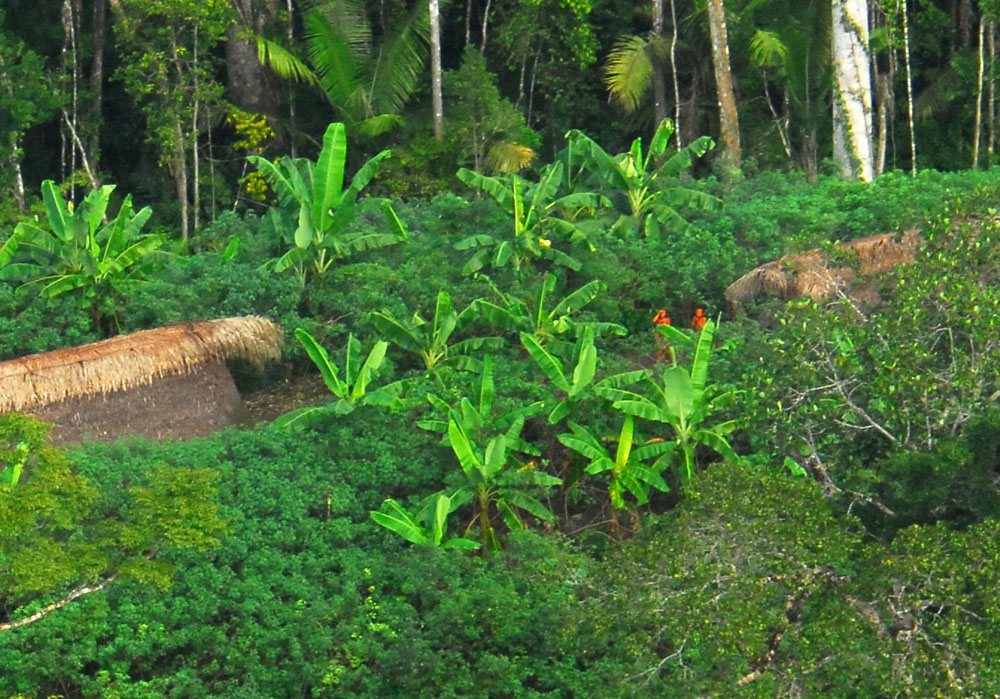 Gleilson Miranda, CC BY 2.0, Wikimedia Commons
Gleilson Miranda, CC BY 2.0, Wikimedia Commons
A Growing Population
Once thought to number around 100 in the early 1990s, new estimates suggest a surprising revelation. The tribe now includes 200–300 people—proof they are not only surviving but thriving.
 Gleilson Miranda / Governo do Acre, CC BY 2.0, Wikimedia Commons
Gleilson Miranda / Governo do Acre, CC BY 2.0, Wikimedia Commons
Blades Among The Trees
One chilling image shows young tribe members receiving the gifted machetes, handing them among themselves. Their grip is confident. They know how to use them.
Wooden Spike Warnings
Camouflaged sharpened wooden spikes—designed to puncture the tires and pierce the boots of unwanted intruders—have been found surrounding their territory. Some are placed with alarming precision near Funai outposts.
Skulls On Branches
Images reveal something else that may be even more startling. The Massaco intentionally stack animal skulls vertically along tree limbs.
 Gleilson Miranda, CC BY 2.0, Wikimedia Commons
Gleilson Miranda, CC BY 2.0, Wikimedia Commons
Animal Offerings Or Warnings?
The skull displays may represent rituals, trophies, or spiritual offerings. No one from the outside has been able to interpret them. They remain one of the tribe’s many secrets.
A Blurred Figure With A Spear
One misty photograph reveals a haunting scene: a lone figure standing still amid thick, green foliage, clutching a long spear that nearly reaches their shoulder. Shrouded by humid dawn light, their body appears half-camouflaged by the forest, and their silhouette is almost ghostlike against the dense jungle backdrop.
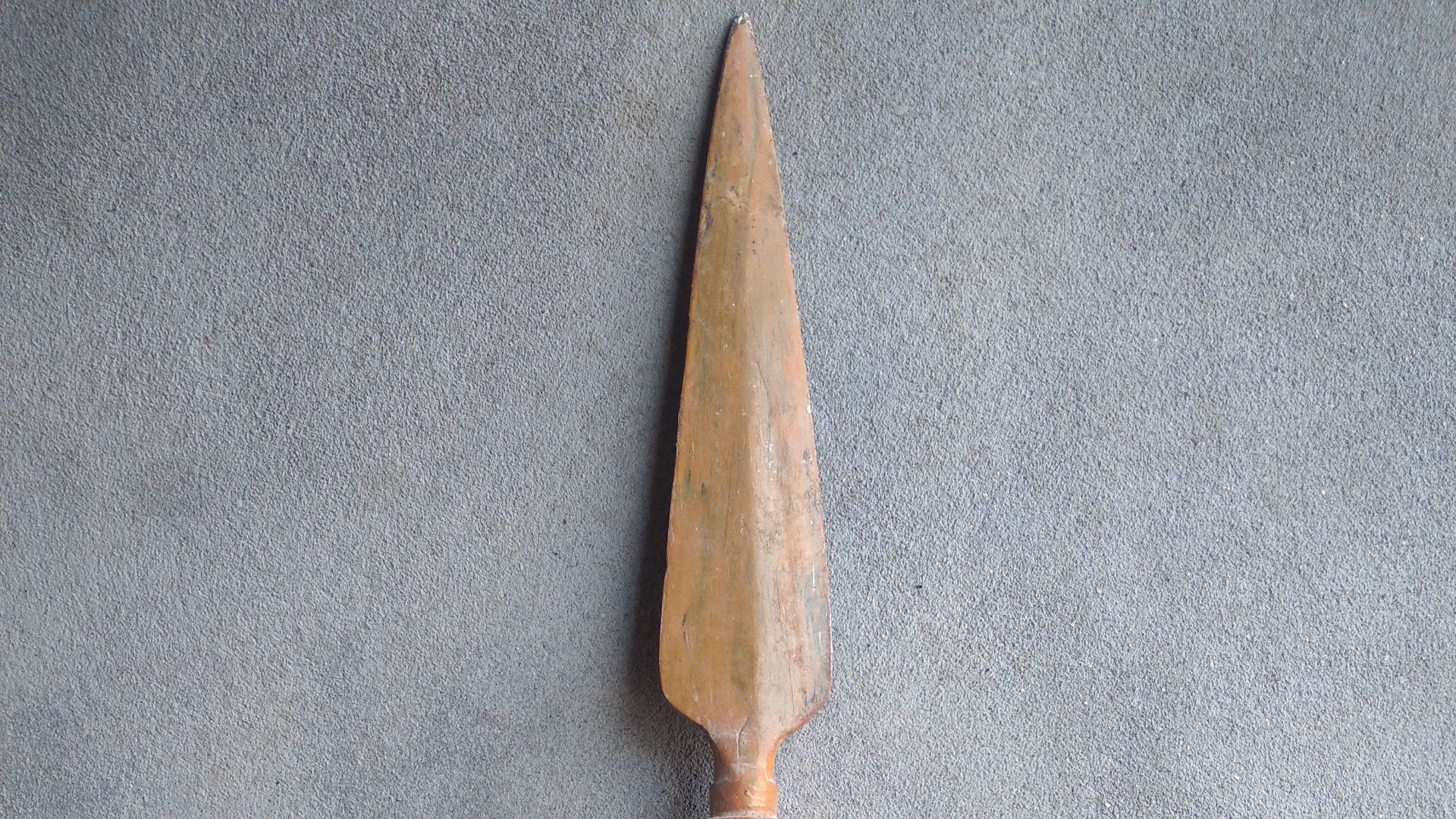 Gurnoor ghuman, Wikimedia Commons
Gurnoor ghuman, Wikimedia Commons
Language Lost To The Wind
Though the Massaco bear some physical resemblance to Bolivia’s Sirionó people, their language remains entirely unknown to the outside world. No words, songs, or chants have ever been recorded—only silent glimpses of a people communicating out of earshot and out of reach. Without contact, and without recordings, this ancient language could vanish forever without the world ever hearing a single word.
The Jungle’s Secret Custodians
Though they claim no legal borders, the Massaco fiercely protect their forest home as though the jungle itself were their inheritance. Over the years, they have held back waves of intruders—from loggers and miners to traffickers—through tactics honed by generations of isolation.
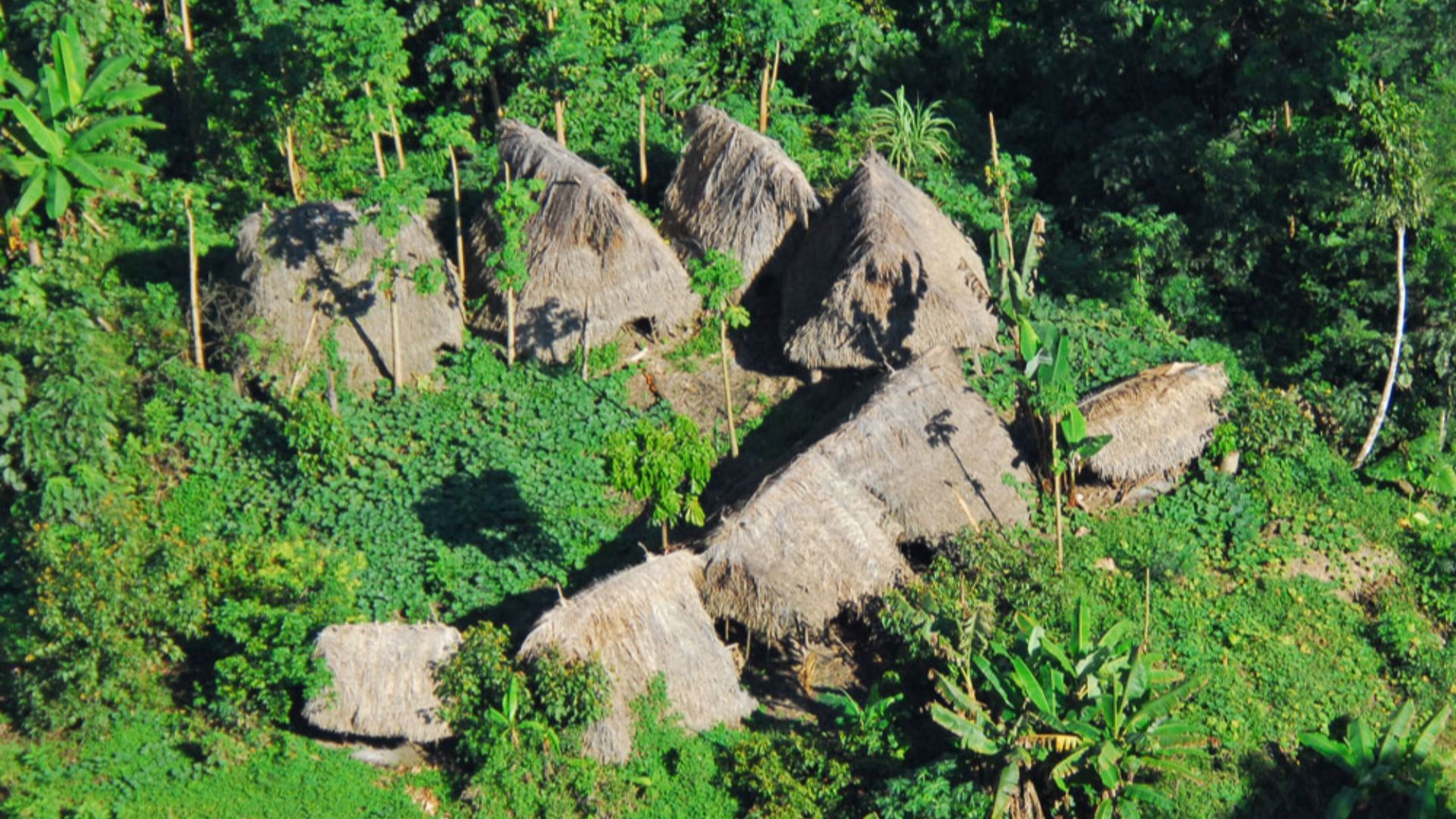 Gleilson Miranda / Governo do Acre, Wikimedia Commons
Gleilson Miranda / Governo do Acre, Wikimedia Commons
A Tribe Of Ghosts To Agribusiness
Many land-grabbers claim these people don’t exist. But the images say otherwise. And denying their existence is often the first step toward stealing their land.
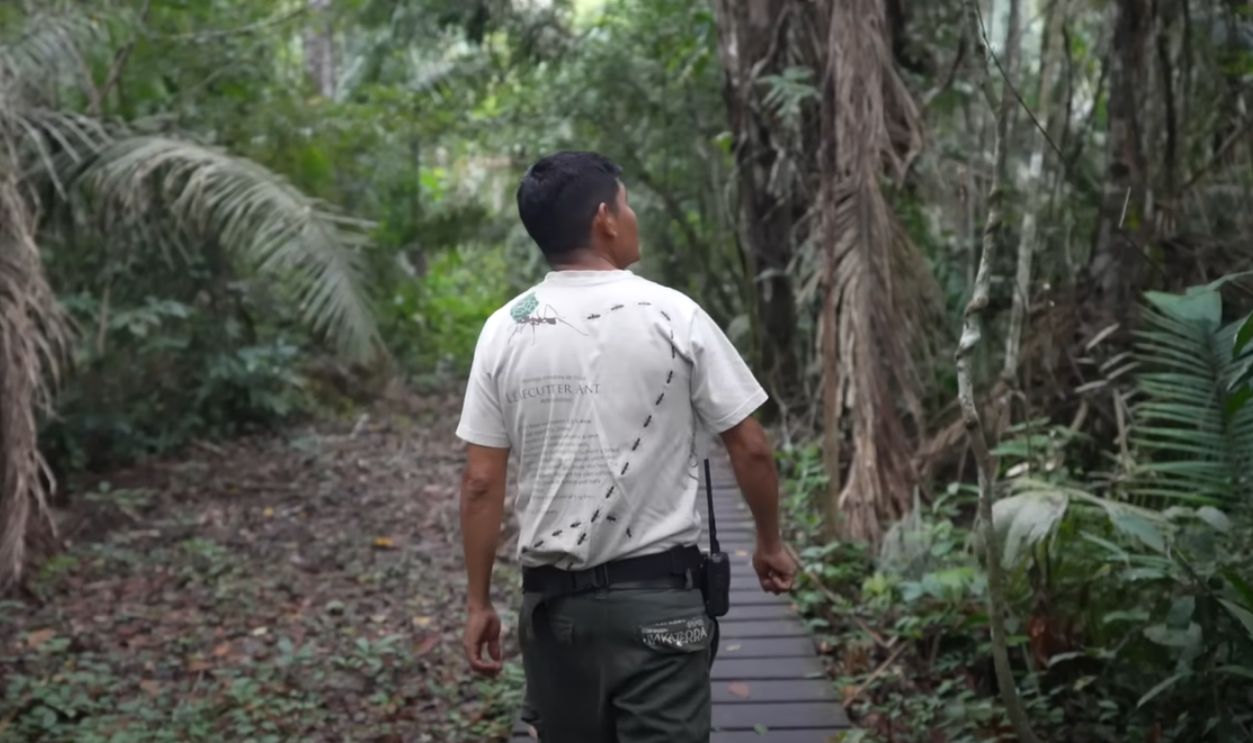 I Explored the AMAZON RAINFOREST for 100 Hours by Lexie Limitless
I Explored the AMAZON RAINFOREST for 100 Hours by Lexie Limitless
The “No Contact” Revolution
Brazil’s policy of avoiding contact—pioneered in 1987—has likely saved the Massaco. It protects them from disease, exploitation, and cultural erasure.
Defenders On The Border
Nearby tribes like the Amondawa and Manchineri help safeguard the Massaco’s territory. They form invisible lines of defense between the modern world and ancient life.
 MANCHINERI / TXO TXO TXO / REZO ANCESTRAL/AMAZON RAINFOREST, amazoomflix
MANCHINERI / TXO TXO TXO / REZO ANCESTRAL/AMAZON RAINFOREST, amazoomflix
Long Shadows Of Tragedy
Government contact in decades past decimated many tribes. Today’s no-contact policy is built on those grim lessons, including 90% loss of life from disease among earlier-contacted groups.
Protection By Shadows
Researchers have discovered one of their methods of preservation. They move their settlements frequently, following seasons and food, always one step ahead of satellite imaging and hostile forces.
A Final Line of Defense
Unarmed and vastly outnumbered, Funai workers like Altair Algayer serve as the last shield between isolated tribes and the relentless advance of miners, loggers, and traffickers. Despite limited funding and constant danger, they monitor the forest, place camera traps, and leave tools to support tribes like the Massaco without forcing contact.
The Ultimate Sacrifice
The risks are real—activists such as Bruno Pereira perished for confronting intruders on Indigenous land. Still, these quiet defenders persist, driven by a deep belief that protecting uncontacted peoples is essential not just for human rights, but for the survival of the Amazon itself.
 Agencia Senado from Brasilia, Brazil, Wikimedia Commons
Agencia Senado from Brasilia, Brazil, Wikimedia Commons
Final Thoughts
The Massaco tribe remains a powerful symbol of human resilience and the right to remain unknown. In a world obsessed with access, sharing, and contact, they live a different truth: that isolation can be protection, and that identity can flourish beyond the reach of outsiders.
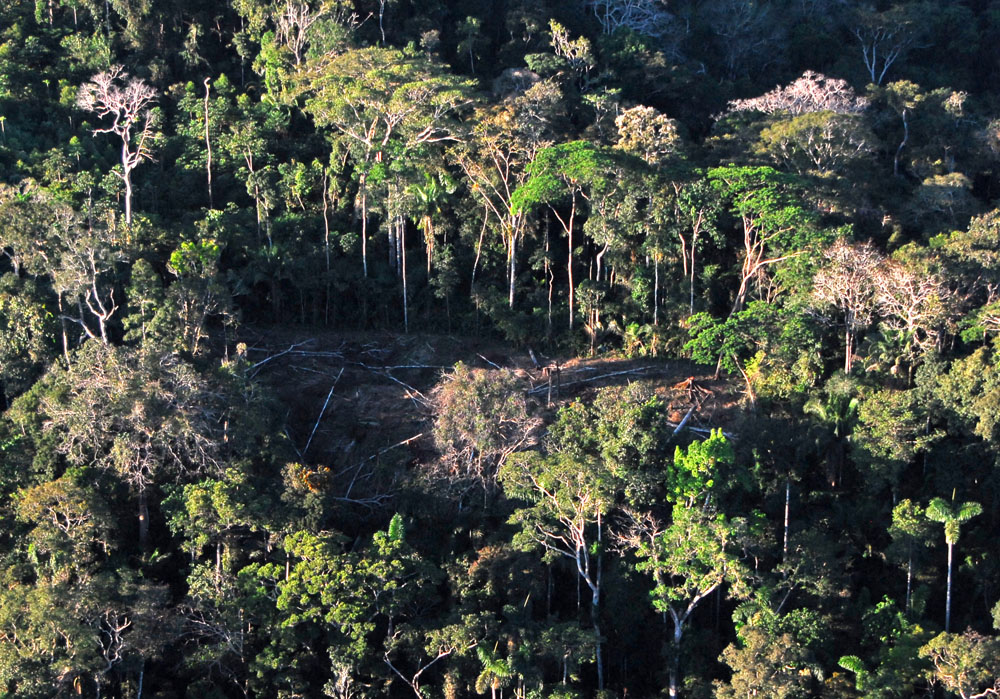 Gleilson Miranda, CC BY 2.0, Wikimedia Commons
Gleilson Miranda, CC BY 2.0, Wikimedia Commons
You May Also Like:

